What is Trichocin and how to use it?
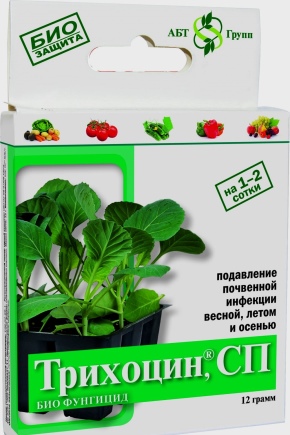
Many summer residents faced a problem when, when growing vegetables and growing flowers, plants begin to hurt and even die. This is often associated with root and root rot. Fungal diseases develop due to pathogens that are in the soil. It is possible and necessary to fight against harmful fungi, for this there are special preparations. One of the most reliable fungicides is Trichocin.
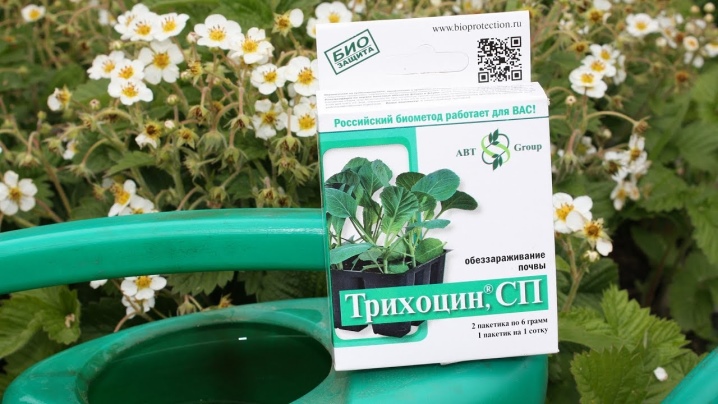
Features and composition
Trichocin (SP) is an effective biological soil fungicide. The basis for its creation was a strain isolated from one of the types of useful mushrooms. This strain is called "G 30 VIZR" and is an active ingredient. Trichocin (SP) is produced in the form of a powder, which must be diluted in water immediately before use. Available in plastic bottles or paper packaging, which can contain from 12 to 35 g of the substance. You should know: although the packaging is different, and it may be marked on them that the product is intended for flower growers or gardeners, the composition of the contents will be absolutely identical.

The drug is intended for soil disinfection, and it can be applied both when planting plants and after harvesting. It is also suitable for use in the growing season - it is spilled under the root of plants. The product suppresses pathogens of various fungal rot, which spread and remain in the soil.
A distinctive characteristic of "Trichocin" is compatibility with many drugs. The list includes microbiological plant protection products, growth regulators, fertilizers, chemical insecticides and herbicides. Therefore, the substance can be used not only in the presence of rot, but also in other plant diseases. However, it is forbidden to apply chemical fungicides simultaneously with the preparation.
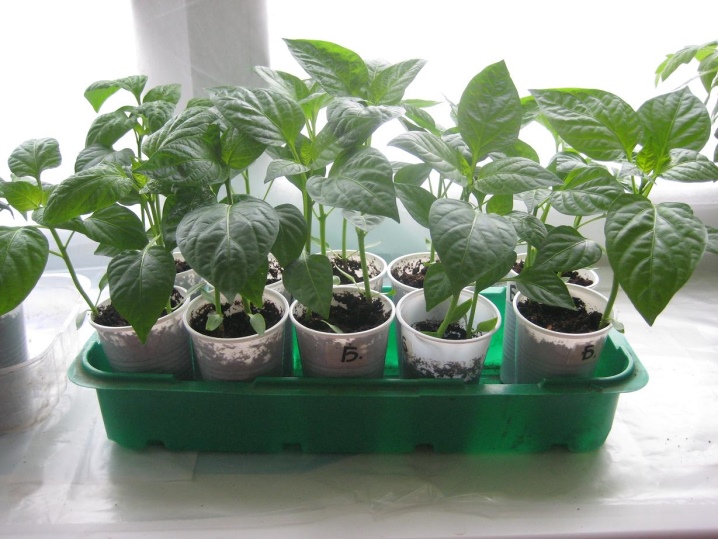
Trichocin has many advantages:
- since the drug is a biological substance, the products are environmentally friendly;
- it increases the productivity of crops;
- helps to improve the taste of vegetables, fruits, cereals, increasing sugar content and vitamin content;
- helps to eliminate stress in plants after improper use or in case of an overdose of dressings and other drugs;
- suitable for any irrigation systems, without clogging their droppers and other parts;
- the product is approved for use in sanitary areas near fishery complexes;
- has a protective effect for up to 30 days, and after a single treatment, it begins to act immediately after spraying the plants or treating seeds and planting material;
- helps to restore beneficial soil microflora;
- does not harm the environment, is not dangerous to the health of people, animals and birds;
- convenient for storage and use;
- the shelf life of the drug is 2 years in the presence of a complete package.
- the product can be stored in conditions from 30 to + 30 ° С.

It must not be stored and transported together with food, medicine, animal feed, and storage places must be inaccessible to children and pets.
Dilution of the drug
To use the drug, you need to prepare a working fluid from it. To do this, take the powder in the right amount and dissolve it in warm water in a small container. Bringing to the required volume takes place in another container, from which soil will be spilled or plants will be processed. You should be aware that the prepared liquid cannot be stored for a long time - it must be used within a few hours.
To prepare the required amount of working fluid, it is necessary to take into account the rates of application of the drug and the type of work. The contents of one sachet in paper packaging (6 g) are diluted in 10 liters of water. This amount should be enough to process 1 acre by spilling soil a couple of days before planting seedlings. The drug is also used for spilling under the root a few days after planting seedlings in the ground. In this case, from 100 to 150 ml of working fluid is consumed for one plant. For flower crops, you will need 2.5-3 liters per 1 m2, both when spilling soil before planting, and when processing planted plants.
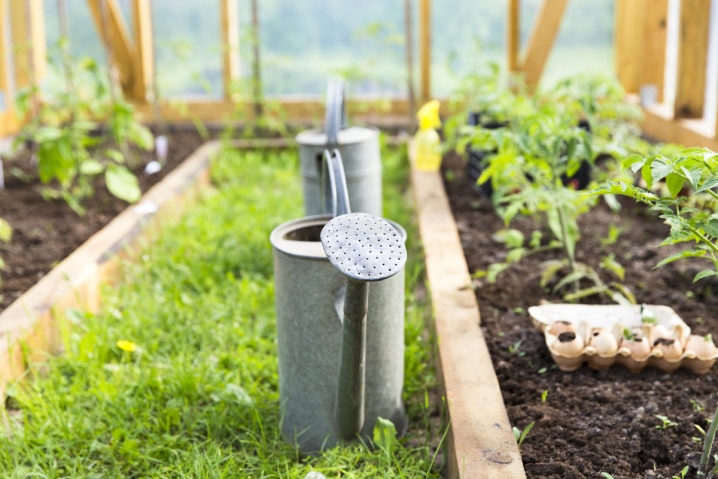
Instructions for use
Although the product belongs to the class of low hazard, it is still necessary to observe some protective measures when working with it. As a rule, the manufacturer places the instructions on the packaging or prints on the insert to it. When preparing and applying the solution, you should not allow meals and drinks, you should refrain from smoking. Do not allow the preparation of the solution in food utensils.
"Trichocin" shows good results in protecting plantings from fungal diseases. It is especially effective for tomatoes and cucumbers grown outdoors. Processing can be carried out at any stage during soil preparation or seedling processing. Experts advise using the solution as a preventive measure to suppress root rot, after about 2 months, when the growing season will be actively occurring.
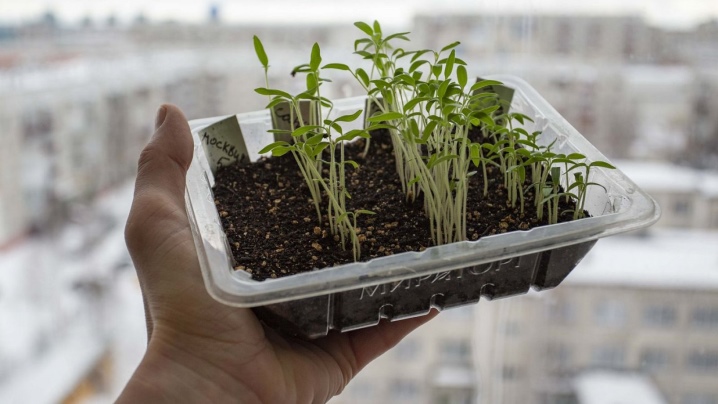
The drug will be no less effective for vegetable crops grown in a greenhouse. Experienced summer residents recommend treating not only the soil or plants, but also the structures of greenhouses before planting plants, since in an enclosed space pathogenic fungi can get on the walls and ceiling of the greenhouse.
Trichocin is also suitable for many other plants. It is a good idea to shed the soil before planting beets, lettuce, cabbage (they will need about 40 g / ha), and process the grapes during the growing season (80 g / ha). In the same period, carrots, rapeseed, potatoes, soybeans are sprayed (about 40 g / ha). For the same crops, the soil is prepared before the introduction of seeds (30 g / ha), and for potatoes it will be useful to carry out pre-planting treatment of tubers (20 g / t).
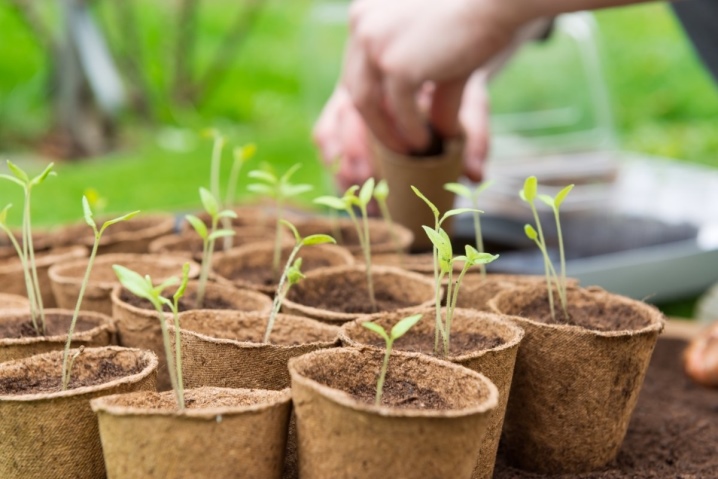
Although Trichocin is a relatively young preparation, it is widely used for growing cereals on large farms. Presowing seed treatment of spring and winter wheat, rye, barley is done at the rate of 20 g / t. During the growing season, 20–40 g / ha are consumed.
Sometimes it happens that gray rot affects strawberries, and this becomes noticeable only at the time of harvest. However, during the ripening of berries, fungicides, as a rule, are not used. Trichocin can be used for strawberries during this period. All spoiled berries should be removed and damaged leaves should be cut off, and the bushes should be sprayed with a product. It will also be good if it gets into the soil. The procedure should be repeated several times at weekly intervals.
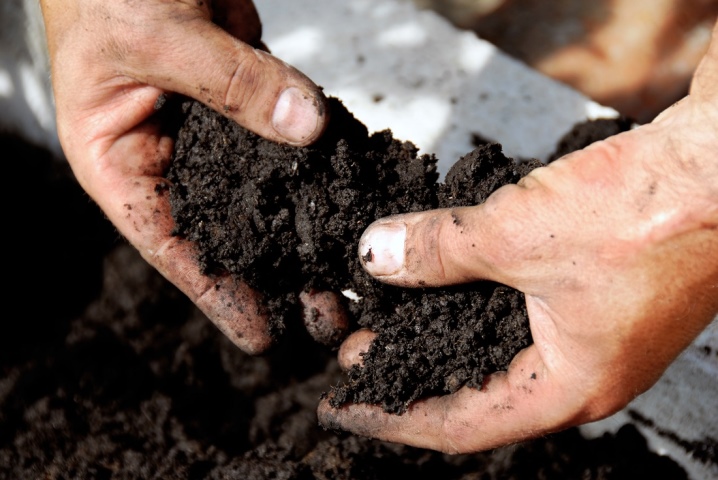
Review overview
Since "Trichocin" was created recently, there are still not many reviews for it, because time must pass to test the effectiveness of the drug for agriculture. However, according to the available reviews of gardeners, it can be judged that the tool is very effective when growing cucumbers and tomatoes. If the seedlings were treated with this fungicide, then subsequently no rot was found on the plants.
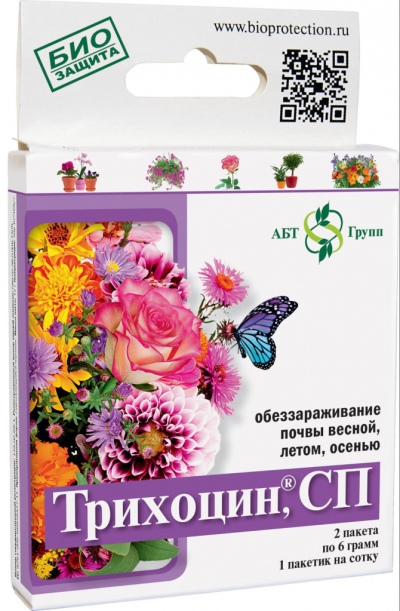
In addition to plants and soil, gardeners also cultivated greenhouses. Some have managed to get rid of gray rot on strawberries.
Sometimes gardeners complain that the drug is not available in all stores, and when ordering in online stores, it takes a long time to wait.
For more information on what "Trichocin" is and how to use it, see the next video.













The comment was sent successfully.